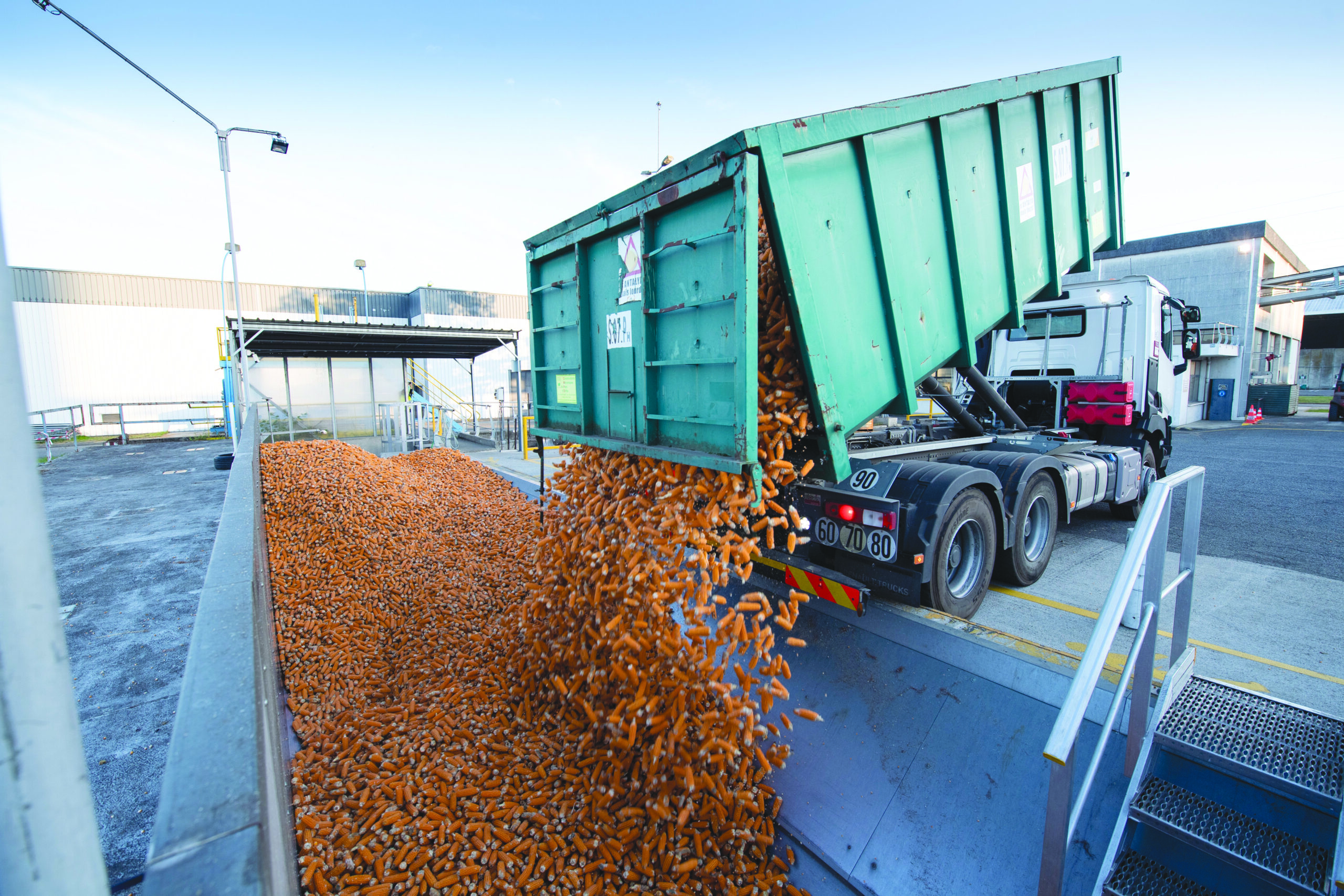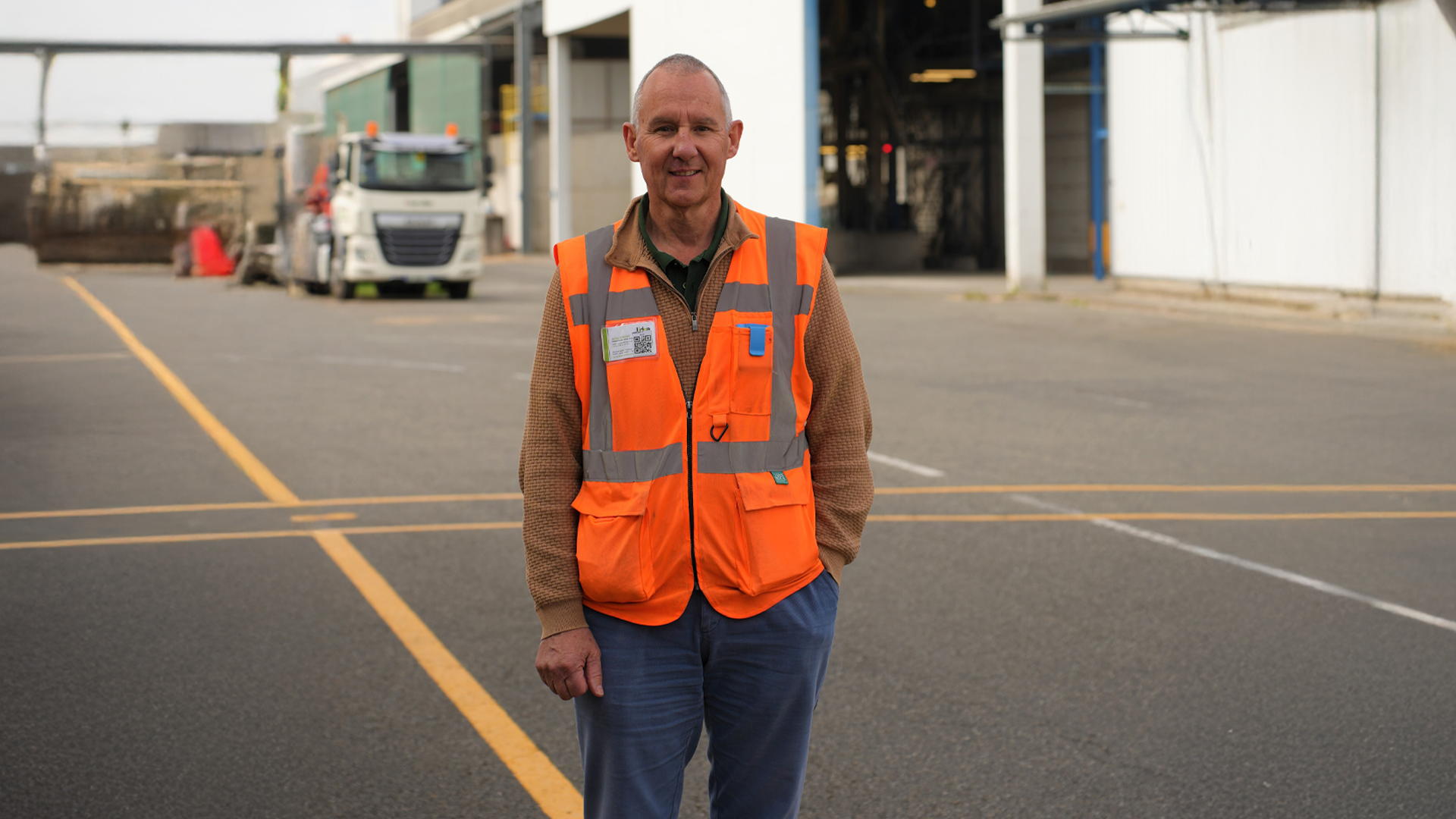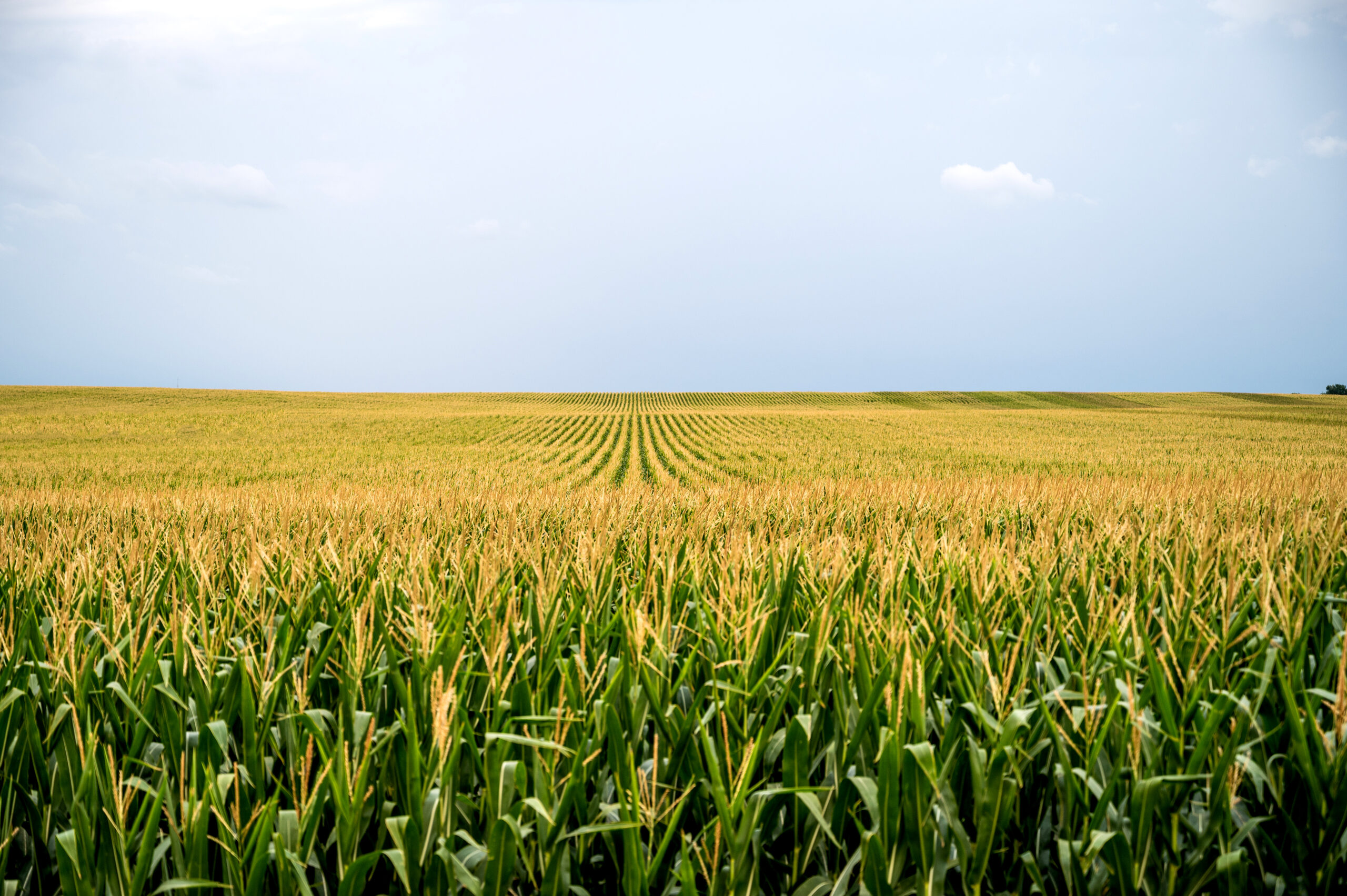Seed Plants: True Technological Gems

Before they are poured into the farmers’ drills, corn seeds follow a whole itinerary from the day the corn cobs are harvested. At every stage of that itinerary, the kernels are in the focus of attention and every operation that they are subjected to relies on state-of-the-art technologies that are improved permanently. The purpose of the whole process is to ensure high germination for each and every kernel. Daniel Loubère, Manager of the Lidea seed plant in Lescar, France, has told us more about it.

Everything starts from the moment when corn seeds are planted on multiplication plots, in alternating rows of male and female plants. At the end of the summer, once the female rows are pollinated by the male rows, the latter are chopped up and left in the field, whilst the corn ears of the female rows are harvested. The harvesting machines, which are especially developed for corn, collect the whole ears. The husks are then removed in a sorting facility, where the operation is done with utmost care, so that the kernels are not damaged. The ears are then stored in double-bottom containers that are then placed in ventilation cells. “The first stage of cold ventilation lasts for about twenty-four hours”, says Daniel Loubère, the manager of the Lescar seed plant.
“The aim is to prevent the grains from heating, as this can damage the germinating ability of the future seeds”. Each batch of seeds is carefully recorded at this stage: name of the variety, the producer’s name, and quality-related data: possible parasites or diseases, etc.
Preserving the Germination Ability: a Priority

The seed batches are then sent – based on their specific characteristics – to three dryers, of which two work on gas and one with a heat pump. “The Lescar plant is able to absorb almost 1000 tons of seed every two and a half days and has a storage capacity of 3000 tons, divided into twenty cells per dryer, which allows us to distribute the various amounts that we receive, very precisely”, Daniel Loubère adds. Depending on the grain moisture, this second stage of drying takes seventy-two hours, on average. Ideally, corn should be harvested at somewhere between 32 and 34-percent moisture, and then taken down to about 12,5 percent. “At this point, the grain is dormant”, Daniel Loubère points out. “It is when it is planted and it comes into contact with the soil moisture that it gets «woken up», when the time is right”.
The next operation is the threshing, which consists in separating the grains from the ears, while at the same time taking care not to damage the germs, which are particularly fragile. “Our machines are equipped with decelerating systems that prevent the grains from dropping, because any kernel that is subject to an impact will not germinate any more”, Daniel Loubère explains.
Each batch is then cleaned, sorted, and calibrated. Every one of these operations has been developing over the years through various technologies: optical sorters, density separators, infrared systems, and others. Even AI has been making inroads into the seed plants, to help increase the efficiency and speed of the processes. The seeds first go through a (flat or rotary) separator; then through several calibration systems equipped with sieves of different calibres, which sort the seeds based on their size. An optical sorter and several gravity tables then spot and remove any seeds whose shape, size, or colour do not meet required criteria. Broken seeds (or breakage) are also removed. “All these processes take place under controlled aspiration, to limit dust generation and also provide a comfortable working environment for our employees”, he states.
The entire activity of a plant is aimed at producing high-quality, homogenous seed, as this is the criterion that will ensure a “fluid flow” of seed into the drill’s hopper – and thus a high-quality planting. “At every stage of our work, we take a sample of seeds and analyse it for six days, to make sure that the germinating ability of the batch has not been damaged during the different processing operations”, he adds.
Increased Reactivity, Efficiency, and Fluidity
Once these stages are over, the grains are stored into silos, cells or containers, for further processing, namely seed treatment and bagging. “On our Lascar premises alone we have five thousand containers – all with QR codes, for optimal traceability”, Daniel Loubère explains. “The new technologies we have benefitted from at every processing stage have enabled us to increase our work flow, reactivity, and efficiency, for flawless end quality”. We remind the public that not all harvested seeds are used in the following year. Stock-building represents a real safety net for both the plant and the domestic market.
Each batch will eventually leave storage based on the customers’ needs, in full observance of the manufacturing specifications made by the marketers. “At that point, the seeds move to the so-called «red» part of the plant, where they are subject to various coating techniques, through treatments. Among the methods that have been increasingly on demand are biosolutions”, Daniel Loubère notes. “For each type of seed product that is demanded, we have to follow a specific «recipe» – the timing and the speed of inoculation, the mixing and drying length, etc -, as we need to make sure that we apply the right dosage to each kernel, so that it gets equipped with optimum efficiency once it finds itself in the soil. And we must do all that without altering the shape of the kernel!” This is true know-how, a process that evolves permanently. The next stage is bagging, followed by the final steps – storage and shipment to the end customer.
Did You Know… ?
From the moment the seed corn multiplication plots are harvested to when the bags of sorted, cleaned, calibrated, and treated seed leave the plant, a minimum of ten weeks are necessary. This interval includes the germination trials done at each key stage in the process, where each trial needs an average of six days.
